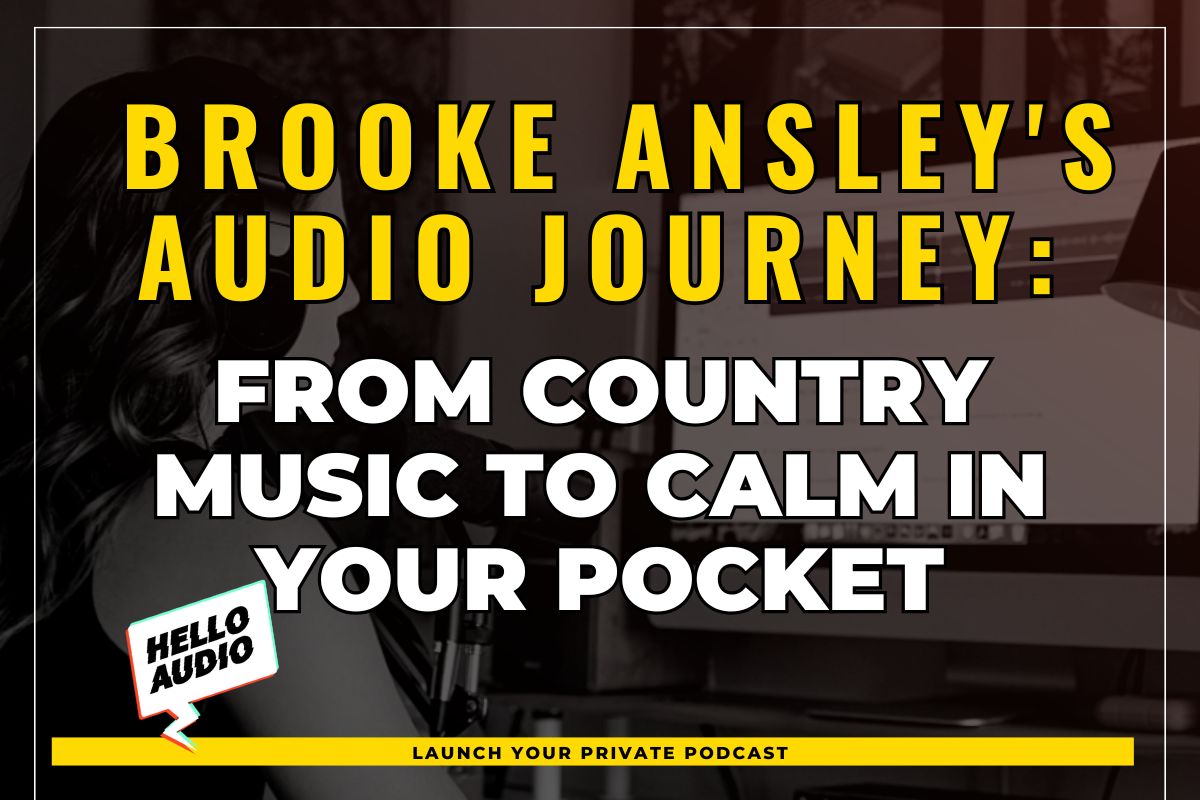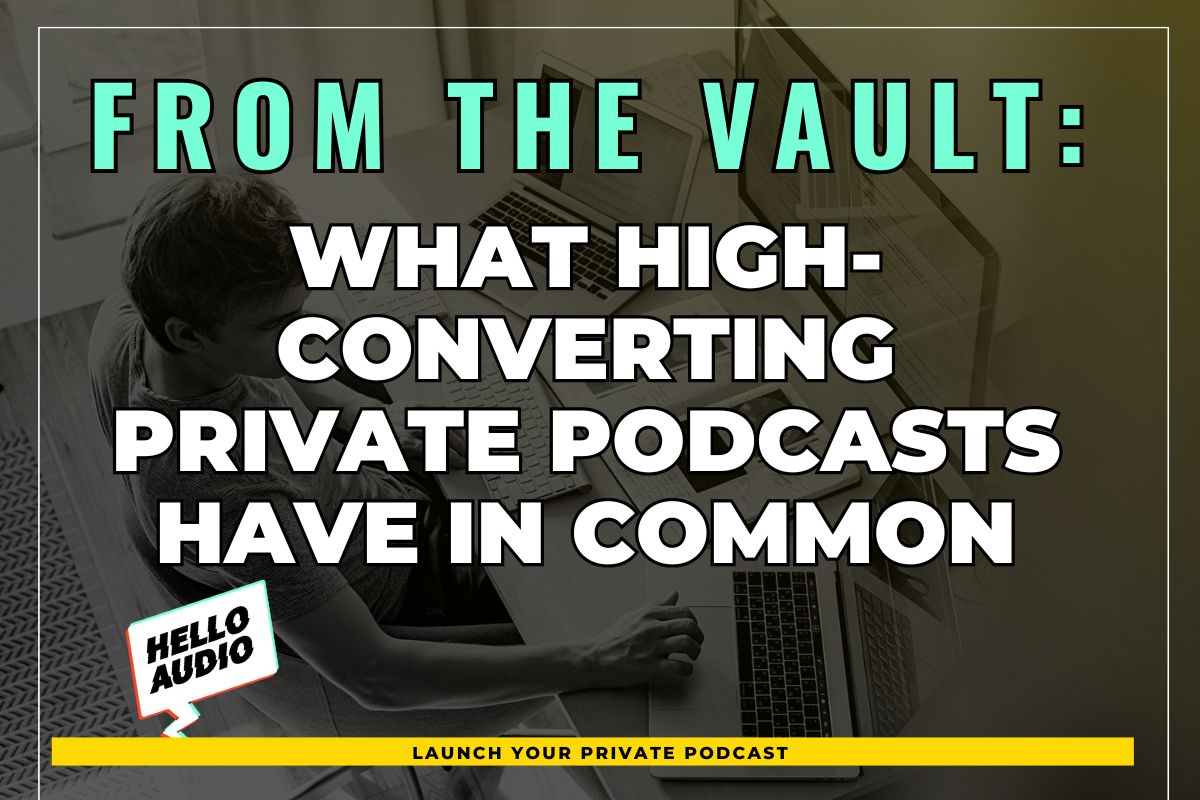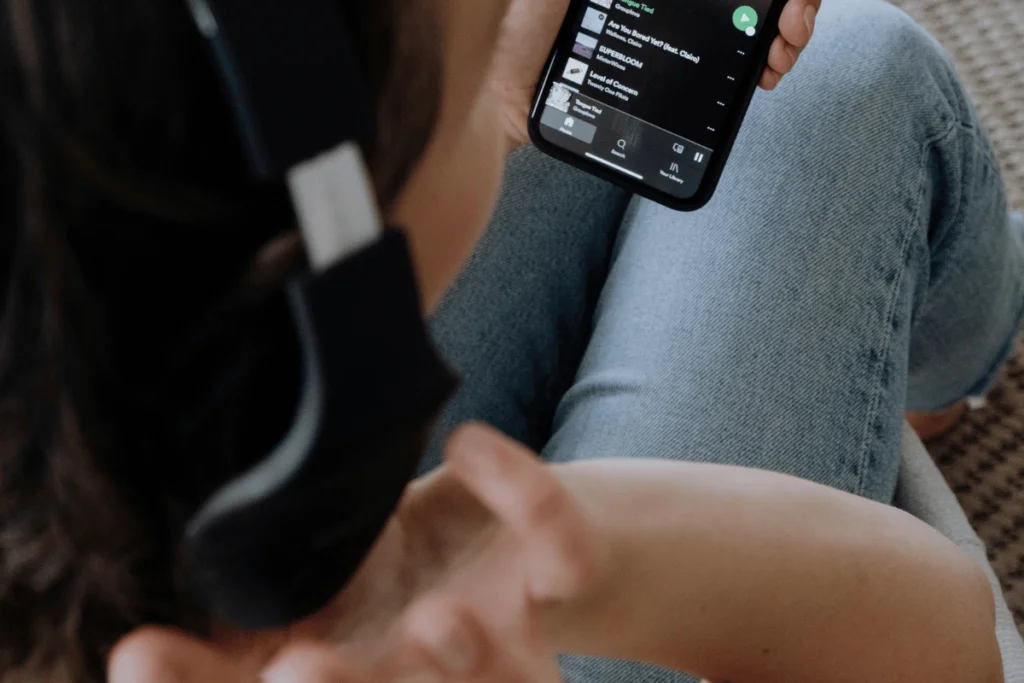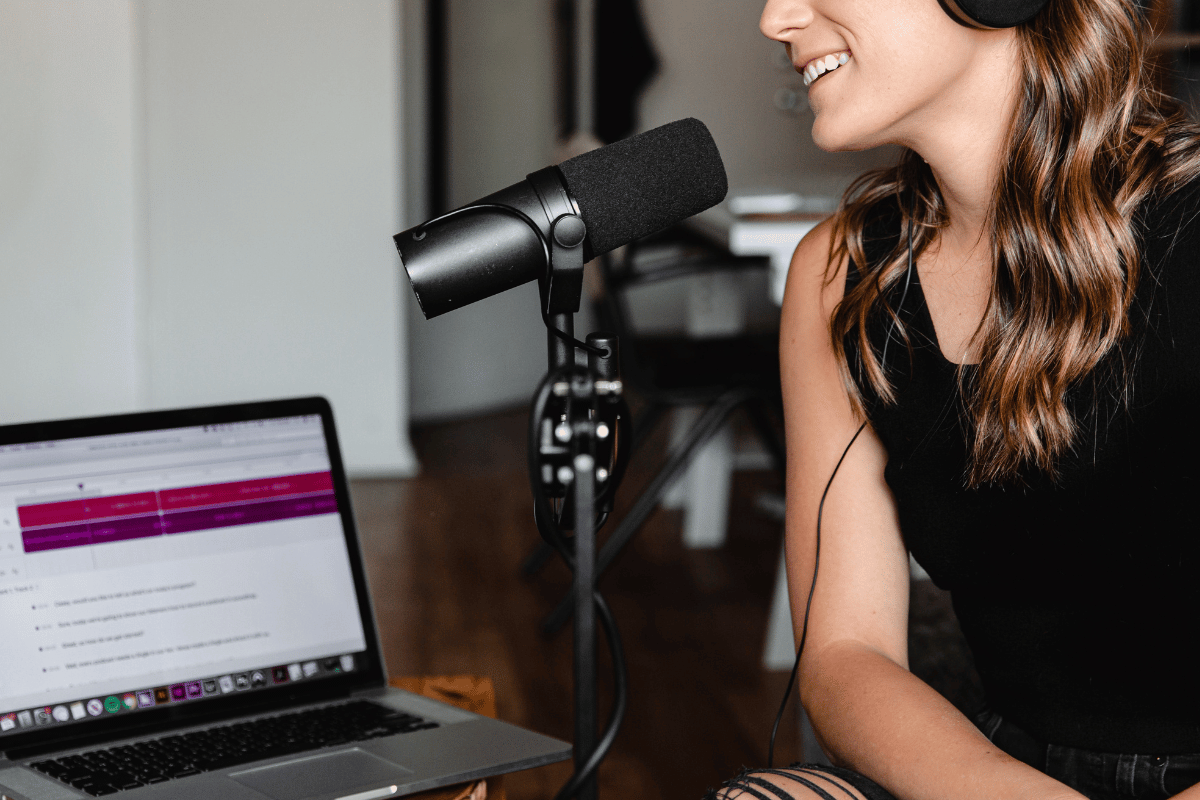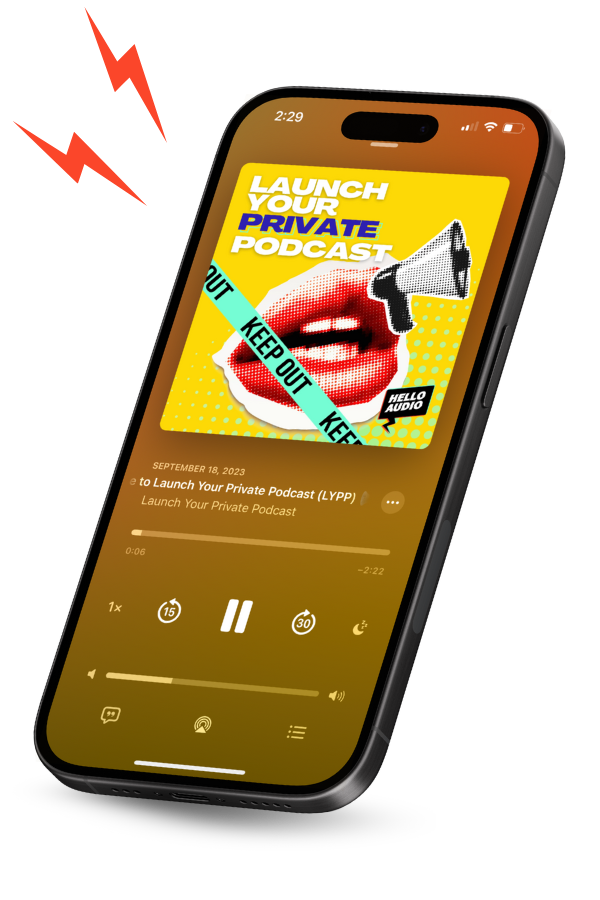With the recent surge of podcast listeners, a number exceeding 500 million, one can say that we’re in the golden age of audio content.
Despite this boost in popularity, we can’t deny that the podcast industry has reached a content saturation point.
The intense competition calls for more strategic content management to connect with your target audiences.
An excellent way to achieve that is to repurpose your podcast content.
And no, it’s not as simple as recycling the same material. In this blog, we’ll show you why you should repurpose your podcast content and how you can convert it to other engaging formats.
Cool Tip! Did you know you can also repurpose pre-existing video and audio content into private podcasts?
Our platform, Hello Audio, lets you repurpose your courses, coaching replay calls, and virtual event recordings as private audio content. Our tool then enables you to auto-publish your private podcasts on listening directories like Spotify and Overcast.
Try it for free—for 7 days and create an exclusive listening experience on the go!
TL;DR – How to Repurpose Your Podcast Content
Before anything else, here’s a quick rundown of the 9-step guide on transforming your audio content.
- Identify Engaging Topics
- Transcribe Episodes
- Extract Social Media Content
- Convert to Video Format
- Share in Newsletters
- Create Webinars or Workshops
- Foster Community Engagement
- Provide Exclusive Subscriber Content
- Utilize Analytics for Tailoring Content
We’ll cover these in detail below.

What is Podcast Repurposing?
You must know that creating engaging podcast content takes significant effort and the bulk of your time. But what if you could recycle that content again to expand your reach?
That’s precisely what podcast repurposing is all about. Think of all the media you can use to share your content – blog posts, videos, and other visual content.
Repurposing your content allows you to reach new audiences while simultaneously extending the life of your content; this solidifies your impact on the digital space.
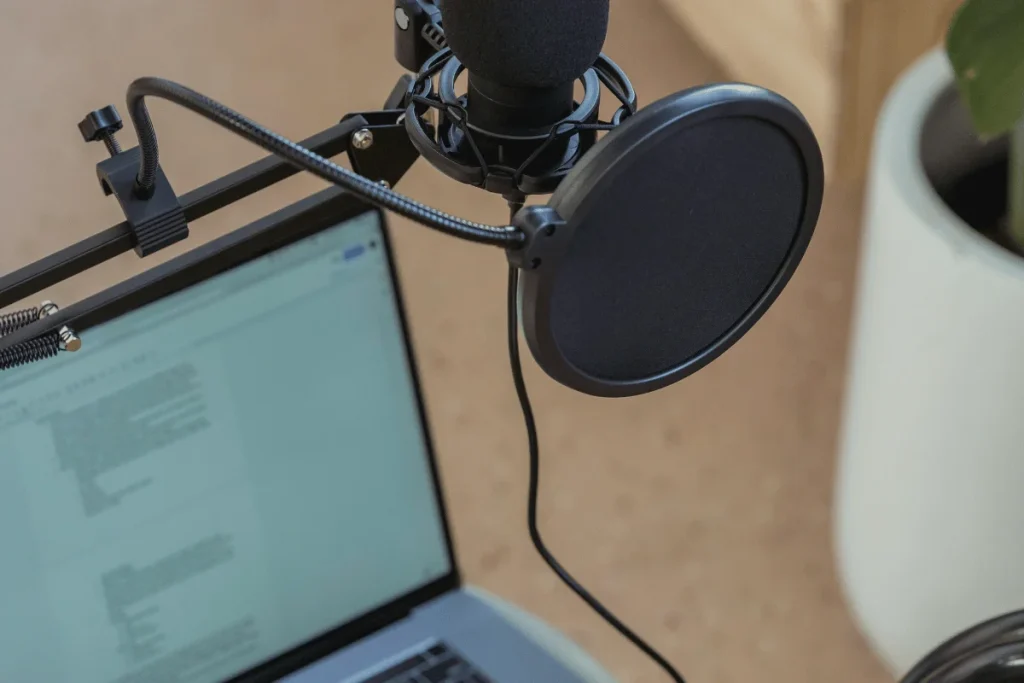
15 Ways to Repurpose Podcast Content
To give you a better idea of the different ways to repurpose your podcast content, we’ve listed 15 of them:
- Create social media posts with quotes and takeaways.
- Develop training courses or educational materials.
- Transform discussions into webinars or workshops.
- Form case studies or whitepapers from episodes.
- Utilize press releases or media kits.
- Initiate community discussions or forums.
- Incorporate into presentations or talks.
- Create guest posts for other platforms.
- Repurpose as YouTube videos or series.
- Use transcripts for e-books or guides.
- Produce promotional audio snippets.
- Develop infographics from content.
- Convert episodes into blog posts.
- Craft an email newsletter series.
- Host live Q&As or discussions.

How to Repurpose Podcast Content
Okay, you now know the different ways to repurpose your content, but if you’re still uncertain about the steps to do it, worry not!
Let’s walk through each stage of the content repurposing workflow:
1. Identify Key Topics
First things first: identify your key topics! Perhaps you’ve had episodes with a significantly higher listener count due to their relevance to your target audience.
Say you have your own personal development podcast. Then, you find out that your podcasts on time management have higher viewership than podcasts on goal setting.
In that scenario, take note of the popular episodes with high engagement, as it would be best to repurpose them into other engaging content types.
2. Transcribe Episodes
Once you’ve identified your key topics, we can begin transcription. This stage is, fortunately, quite simple.
All you have to do is use Hello Audio to convert your podcasts into text form. In a matter of minutes, your transcription is good to go! To have a better idea of how it works, here’s an instant demo.
There are several notable advantages to transcribing your podcast episodes:
- More Inclusive Audience: According to the National Institutes of Health, 15% of Americans above 18 have hearing difficulties. Overlooking this population, along with those who do not listen to podcasts, narrows down your reach.
- Maximize the Power of SEO: Search engine optimization (SEO) is a vital marketing strategy that links websites to their intended audiences through search engines.
When you transcribe your podcast, you convert it to written content.
That means you can use the right keywords, images, and links to optimize your content for search engines – further expanding your digital reach.
- Easily Share Content: Sharing tidbits of your content is much easier with text than with audio. Only by transcribing your podcasts can you experience this advantage.
3. Create Social Media Content
We live in a world where everyone is connected through social media. Hence, it only makes sense to tap into your audience in your socials. Use the following platforms when repurposing your podcast content:
- X/Twitter
- TikTok
- YouTube
You can extract interesting quotes or insights from your transcripts that would make for excellent social media posts. That way, you introduce your podcast to new audiences, widening your reach.
4. Produce Video Content
Don’t just limit your content to the written medium. Try expanding to video content as well!
A report by Wyzowl claims that about 89% of businesses use videos as a marketing tool, which is at an all-time high, reflecting the surge in demand for captivating video content.
If you’re looking for a way to convert your audio into video format, Hello Audio has all the features you need.
Many content creators, businesses, and educators have learned to use our platform to its full potential, making it much easier for their audience to consume their content.
With its user-friendly interface, you can start sharing your new videos in no time!

5. Develop Email Newsletters
According to Statista, the number of email users worldwide sits at 4.26 billion, and this is poised to grow by up to 11% in 2026.
With this figure, a treasure trove of opportunities awaits any business venturing into email marketing. There are more pros to repurposing your podcast content as email newsletters:
- Build a Stronger Connection: Emails tend to be more personalized. The personal touch is sometimes lacking in a world where we’re connected through our mobile and laptop screens. When your audience becomes emotionally attached, you leave a lasting impression.
- Affordable: The term ‘affordable’ is music to every business owner’s ear. You can expand your reach with minimal investment, yielding an enormous ROI.
- Interactive Content: Take this as an opportunity to get to know your audience. Incorporate surveys or polls to boost engagement and understand their preferences.
That way, you can adjust your content strategy and create podcasts they’d love to tune in to!
On top of all of that, you can share podcast highlights or summaries through this effective marketing channel. Tease them with summaries and soundbites to get them to listen to your new episode.
6. Host Webinars or Workshops
An interesting avenue for reusing your podcast content would be webinars and workshops.
These educational discussions have a live element that makes them more interactive and engaging, which builds on the traditional one-way communication model inherent in podcasts.
It can’t be argued that podcasts have a broad reach, but webinars and workshops attract a different type of audience – an audience that seeks more in-depth knowledge on a subject matter.
With this approach, you gain new followers who might not have discovered your podcast through traditional channels.
7. Engage Community
The power of an active community is unmatched. Your community consists of members who can become potential advocates for your content by sharing or even promoting it on their pages.
Here’s the best part – you can get to know them better by initiating discussions. Whether through community forums or social media groups, talk about everything related to your podcast topics.
Not only do you get to share your content with them, but you’ll also learn more than just a thing or two from your audience. Who knows, you might even discover new content ideas from them!

8. Offer Exclusive Content
When you save your special content for exclusive Hello Audio subscribers, you create a sense of exclusivity while maintaining tight bonds within your community.
You can try out different forms of exclusive content:
- Behind-the-Scenes Interviews: With this type of content, you can show the step-by-step process of creating your podcast episodes.
- Extended Discussions: If you follow a standard length for your podcast episodes, why not try extended discussions? Build on popular key topics to maximize your engagement.
- Early Access: After you’ve sufficiently teased your soon-to-be-released podcast episode, providing early access to your loyal subscribers can be a treat.
9. Utilize Analytics
Last but not least, don’t underestimate the power that data holds.
Hello Audio analytics enables you to understand your listeners individually – showing you each listener’s behavior and stats.
One of the most vital metrics to measure engagement in your list of listeners is the Super Listener Score.
Rated on a scale from 1 to 100, the score measures how quickly your listener tunes into your podcast after its release. The higher the score, the more engaged the listener.
This data will get you closer to that ‘Aha!’ moment, helping you understand your listener’s preferences. Then, you can create content that resonates the most and refine your repurposing strategy accordingly.
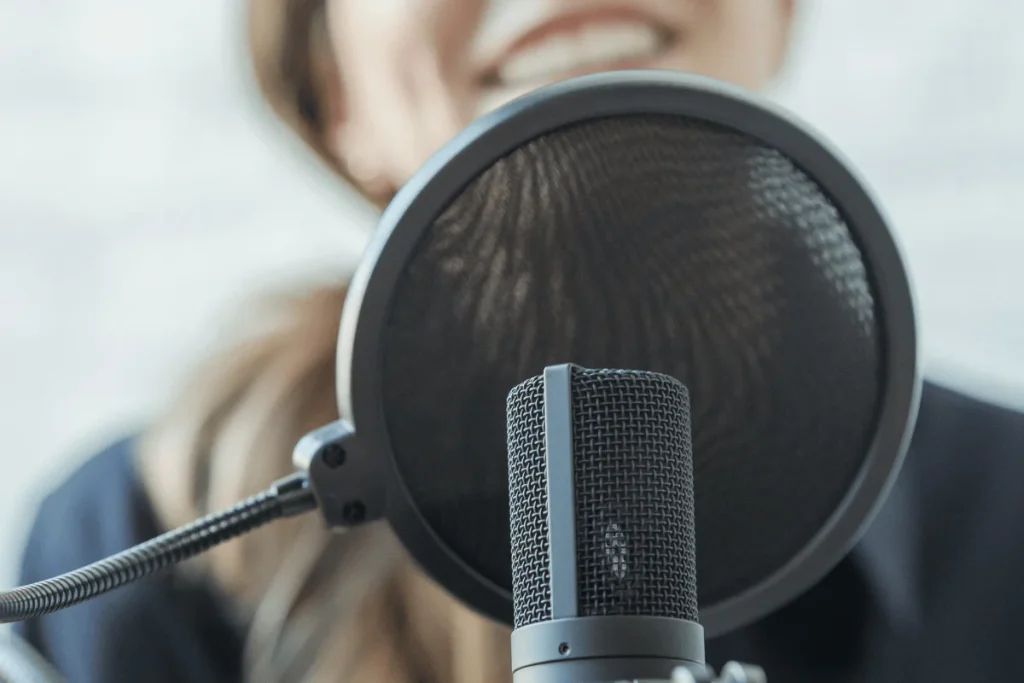
7 Benefits of Repurposing Podcasts into Videos
You’ll be pleased to know that repurposing your podcasts into videos has many benefits.
1. Versatility in Content Presentation
Content doesn’t just belong to the audio format. There’s content in Instagram Reels, TikTok videos, YouTube videos, Shorts, and much more!
It would be a wasted opportunity not to grow your audience through other content formats.
2. Monetization Opportunities
Repurposing content creates the perfect avenue for podcast monetization. With the help of exclusive content, you can attract subscribers looking for early access or extended discussions.
Now’s also the perfect time to seize these monetization opportunities.
A 2022 report by the Zuora Subscription Economy Index finds that subscription-based businesses grew more than 4.6 times faster than the S&P 500!
3. Enhanced Engagement
As entertaining and interesting as podcasts are, they won’t be everyone’s cup of tea. Some prefer reading texts, while others would rather watch videos.
Short-form videos have gained significant traction due to their digestible nature. You create content that appeals to different listeners by converting your podcast content into videos.
4. Wider Audience Reach
Trying out different content formats besides the usual podcast platforms can help some individuals discover your content. Think Facebook, Instagram, or even YouTube.
5. Social Media Sharing
Repurposed content is easily shareable on social media. Sometimes, all it takes is the click of a share button, and then your video reaches the eyes of new listeners.
The global social sharing numbers say it all. With over 2.4 billion monthly active users on Facebook and over 1 billion monthly active users on Instagram, you cast a wider net and reach new audiences.
6. Accessibility
Video formats take into account individuals with hearing impairments.
Additionally, you get a chance to provide visually clear and descriptive elements that increase accessibility for visually impaired individuals.
By doing these, you create inclusive videos that ensure mass appeal.
7. SEO Benefits
Chances are that you’ve searched for a specific term on Google, and a video appeared as one of the top results.
That’s the search engine algorithm working. Top search engines also prioritize videos on SERPs due to their high engagement.
Remember that YouTube acts as a search engine as well. Using optimized keywords in titles and descriptions increases the likelihood of increasing your content’s visibility.
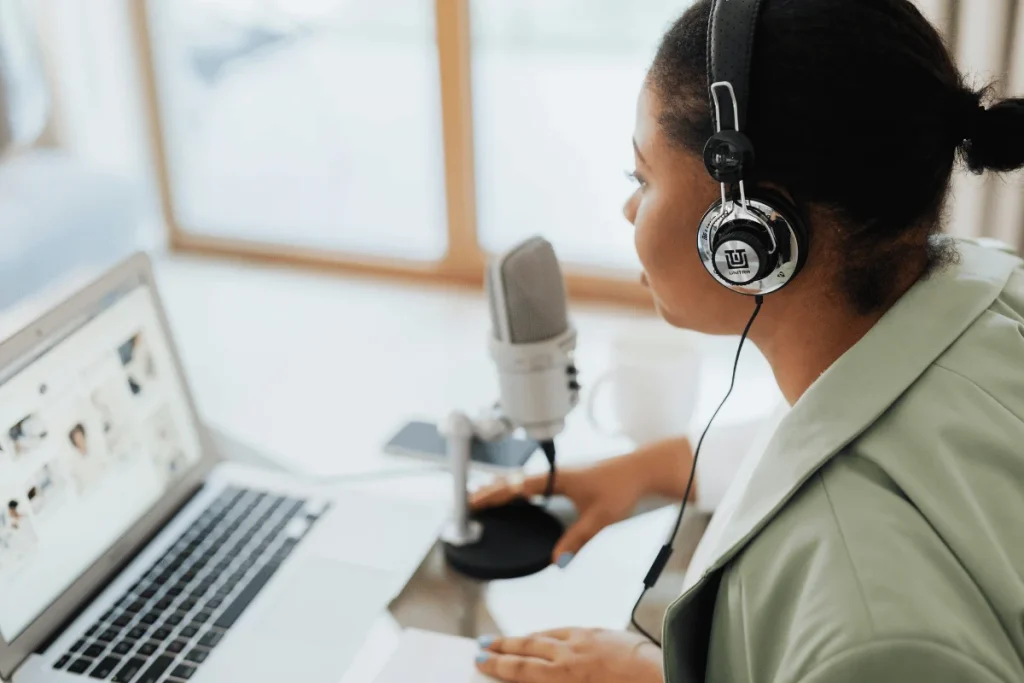
Challenges in Podcast Repurposing
While you want to enjoy all the benefits of repurposing content, here are the 6 challenges you might encounter:
1. Choosing Podcasts Worth Repurposing
Not all podcasts are created equal. One common pitfall is deciding what podcasts will effectively be repurposed.
The Solution: Conduct an audit to identify the best-performing audio by checking the podcast metrics, such as engagement, conversions, and downloads. Also, consider podcasts with evergreen topics.
2. Adding Value to Repurposed Content
When repurposing podcasts, your new content might lack additional value.
The Solution: To engage your audience, add new insights and data to your repurposed content. For instance, if you repurpose your podcast into a blog, add examples and answer frequently asked questions.
3. Maintaining Branding Consistency
When repurposing your podcast content, it can be challenging to maintain consistent brand tone, voice, and branding visual elements across different formats.
The Solution: Create a brand style guide to ensure consistency and follow it across all formats.
4. Optimizing for SEO
Repurposed podcasts can sometimes lack SEO optimization.
The Solution: Use tools like Semrush and Google Keyword Planner to conduct keyword research specific to your new content format and your target audience.
Once you’ve found your list of keyword phrases, use them appropriately in your content, meta descriptions, and image alt text.
5. Promoting Repurposed Content
Even great repurposed podcast content can fall flat if you don’t promote it properly.
The Solution: Create a promotion strategy for your repurposed content. You can promote it using your brand’s social media channels, newsletters, and collaborations.
Use content repurposing tools like Hootsuite and Buffer to schedule consistent promotion posts.
6. Choosing the Right Format
Another common pitfall is deciding how to transform your podcast into a different format.
The Solution: Consider your audience preference and the platform on which you will share your repurposed content. For instance, if your audience is always on the go, you can create a quick infographic from a podcast episode using tools like Canva and Adobe Spark.

Frequently Asked Questions (FAQs)
We receive a lot of questions on repurposing podcast content, so we’ve answered the most common ones for you:
How Often Should You Repurpose Podcast Content?
The short answer—it depends.
The frequency of repurposing your podcast content depends on your production schedule and audience engagement.
Here’s a quick overview:
- Repurpose podcasts immediately after releasing (say 1 to 2 weeks) into short clips like reels, TikTok videos, and YouTube Shorts. You can also share it in your email newsletter or as an audiogram on LinkedIn.
- Repurpose audio content after 3 to 4 weeks and consider turning it into a blog post. You can pin the blog post on Pinterest or use the insights from your podcast to answer questions on Reddit and Quora.
- After months of releasing your podcast, you can share evergreen, repurposed podcast content as an eBook or blog post guide.
How Long Does It Take to Repurpose a Podcast Episode?
It depends on the content format you’re creating, the tools you’re using, and your expertise in repurposing podcast content.
Here are the approximate times for creating each content format:
- Summarizing key takeaways for LinkedIn or Twitter might take 30 to 40 minutes
- Creating audiograms using tools like Audiogram could take 15 to 30 minutes
- Creating an infographic using Canva might take you 15 to 30 minutes
- Writing a blog post from a podcast episode can take 2 to 4 hours
Developing an eBook might take 8 hours spread over a couple of weeks
How Can Transcripts Enhance Podcast Content Repurposing?
Transcripts simplify the podcast repurposing process by providing a written version of your podcast material.
With a text-based format, you can easily find extractable quotes and insights and share them in different formats to cater to multiple audiences.
Lastly, they serve a purpose by creating subtitles in your video content, making your content more accessible.
How Can You Use Podcast Content in Webinars or Online Courses?
While podcasts allow you to dive deep into a particular topic, webinars and online courses will enable you to dive even deeper.
Your valuable podcast content can be built upon further through in-depth discussions, case studies, and practical applications.
All of these serve as insightful learning opportunities for your audience.
Are There Tools Available to Help with Podcast Content Repurposing?
Yes, Hello Audio is one of the leading tools to help you breathe new life into your content.
Whether transcribing your audio or creating private podcasts directly for your audience, our feature-packed platform can revitalize your content like never before.
Find a pricing plan that works for you.
Conclusion
One can easily see the benefits of repurposing podcast content. You get a wider reach, increased accessibility, new monetization opportunities – the list goes on!
While it indeed pays off to repurpose your podcasts into other content formats, remember that it’s just as important to transform other content types, such as audio and videos, into podcasts.
Hello Audio simplifies this conversion process like never before. Anyone can do it within minutes, regardless of technical skills.
To learn how, start your free 7-day trial of Hello Audio. No credit card or payment is needed.




